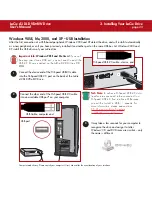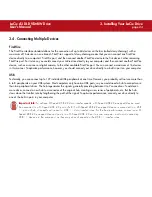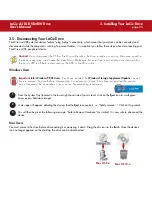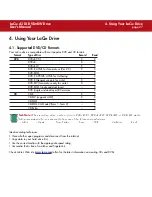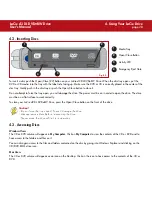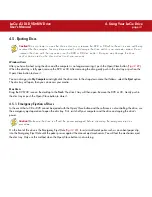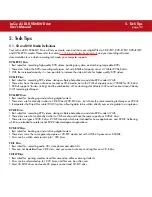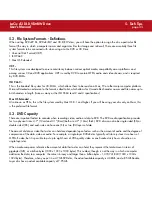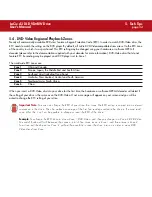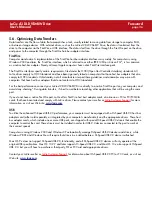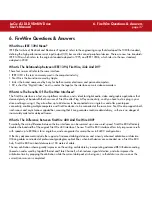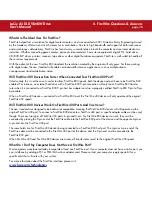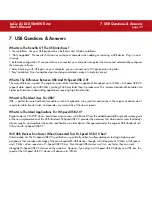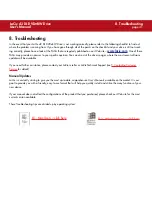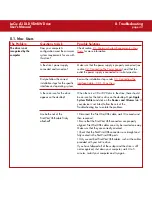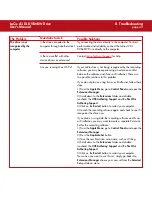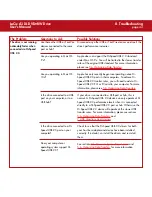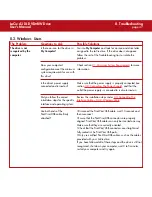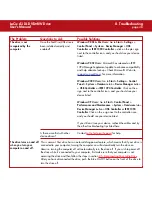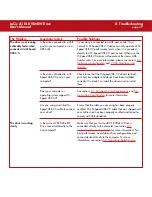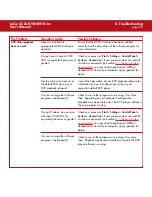
6. FireWire Questions & Answers
page 37
LaCie d2 DL DVD±RW Drive
User’s Manual
6. FireWire Questions & Answers
What Does IEEE 1394 Mean?
IEEE (the Institute of Electrical and Electronics Engineers) refers to the engineering corps that developed the 1394th standard,
defining the high-performance serial input/output (I/O) bus used to connect peripheral devices. There are now two standards:
IEEE 1394a, which refers to the original standard adopted in 1995, and IEEE 1394b, which refers to the new standard,
adopted in 2002.
What Is The Relationship Between IEEE 1394, FireWire, iLink And DV?
These four names all refer to the same interface:
• IEEE 1394 is the term commonly used in the computer industry.
• FireWire is the brand name used by Apple.
• iLink is the brand name used by Sony for both consumer electronics and personal computers.
• DV is short for “Digital Video,” and is used as the logo for the interface on most video camcorders.
What Are The Benefits Of The FireWire Interfaces?
The FireWire interface is a fast, cross-platform serial bus, and is ideal for digital audio, video and graphic applications that
demand plenty of bandwidth. Both versions of FireWire offer Plug & Play connectivity, so all you have to do is plug in your
drive and begin using it, they also allow up to 63 devices to be connected via a single bus and offer peer-to-peer
connectivity, enabling multiple computers and FireWire devices to be connected at the same time. FireWire also supports both
isochronous and asynchronous capabilities, meaning that it can guarantee real-time data delivery, so there is no danger of
inaccurately ordered or delayed frames.
What Is The Difference Between FireWire 400 And FireWire 800?
Essentially, the main difference between the two interfaces can be summed up in one word: speed. FireWire 800 effectively
doubles the bandwidth of the original FireWire 400 interface. The new FireWire 800 interface offers truly impressive results,
with speeds up to 800Mb/s for a single bus, and even greater for several buses in RAID 0 configurations.
Other key advancements include the support of increased cabling distances and a newly enhanced arbitration architecture.
Utilizing cables constructed of professional-grade glass optical fiber, when both devices are connected via a FireWire 800
hub, FireWire 800 can burst data across 100 meters of cable.
The new arbitration scheme greatly improves on the existing architecture by incorporating advanced 8B10B data encoding
(based on codes used by Gigabit Ethernet and Fibre Channel), which reduces signal distortion, and also improves the
arbitration time by prepping the arbitration while the current data packet is being sent, so that data is sent as soon as the
current transmission is completed.

